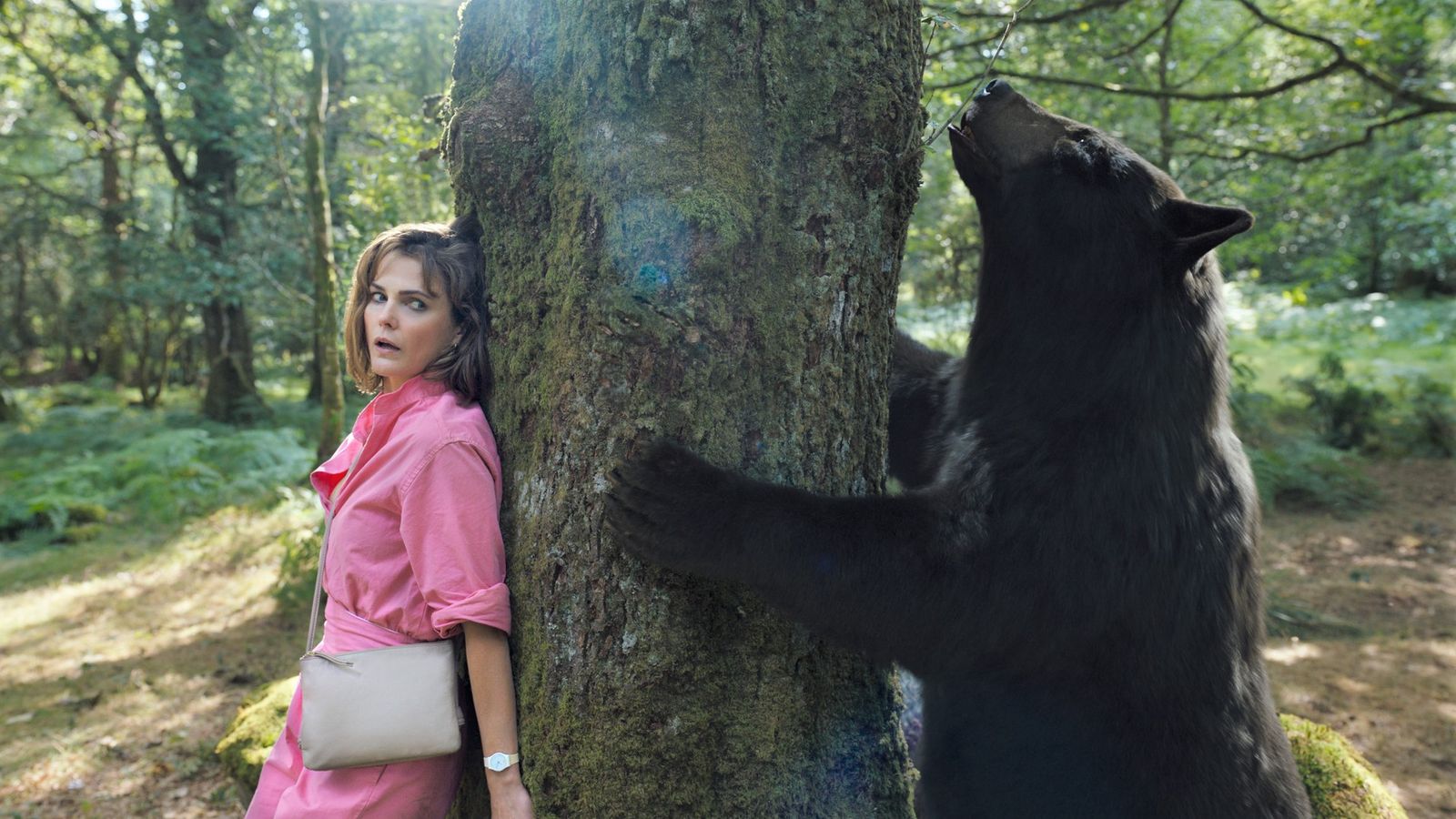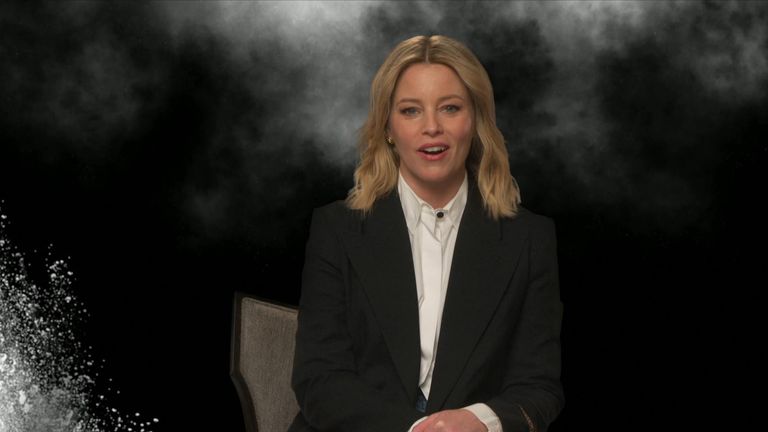“Investigators searching for cocaine dropped by an airborne smuggler have found a ripped-up shipment of the sweet-smelling powder and the remains of a bear that apparently died of a multimillion-dollar high.”
So began the Associated Press news agency’s 23 December 1985 report on one of the most bizarre drug-trafficking stories in history.
The 175lb black bear’s body was discovered in the mountains of the Chattahoochee National Forest, about 80 miles north of Atlanta, Georgia, and just south of the Tennessee border, near to a duffel bag and 40 packages of the drug that had been ripped open and scattered over a hillside.
The cocaine had fallen from the skies three months earlier courtesy of former narcotics investigator and army paratrooper turned drug smuggler Andrew Thornton; he had intended to parachute down from a small plane over Knoxville, Tennessee, but ended up falling to his death.
Wearing night vision goggles and a bulletproof vest, and carrying guns and knives, according to reports from the time, his body was found in a neighbourhood driveway. His unmanned Cessna airplane crashed into a mountain in North Carolina about an hour later.
The true story of “Pablo Escobear” now forms the basis for the start of new gore-comedy Cocaine Bear, directed by actress and filmmaker Elizabeth Banks. It is not for the faint-hearted: there’s blood and guts and very grisly ends (pun intended), and a bear snorting cocaine wherever it can get it, including severed limbs.
Banks, star of films including the Pitch Perfect and Hunger Games series, tells Sky News she went “fully down the internet rabbit hole” when she first heard the story.
“We also were able to get the police reports from when Andrew’s body was found and we use a lot of information from various sources and put it into the movie,” she says. “Everything that Andrew Thornton is wearing when his body is found on the ground, from his Gucci loafers to his bullet-proof vest, that was all written down in the police report.”
Banks received the script in April 2020, just as the world had gone into lockdown. “We were getting into this global pandemic and I felt chaos all around me and trauma everywhere. I read this script and thought, well, there’s no greater metaphor for chaos than a bear that’s high on cocaine.”
What really happened to Cocaine Bear?
An official from the Georgia Bureau of Investigation told the Associated Press at the time that Thornton fell and died as he was carrying too heavy a load while parachuting.
Before they found the bear’s body, investigators had located packages of cocaine in identical duffel bags at two other locations.
Officials said the animal, which had been dead for about four weeks by the time it was discovered, ended up eating several million dollars’ worth of the drug and that its stomach was “packed to the brim”. Each of the 40 packages was believed to have contained one kilogram, and was valued at as much as $20m (£16.7m) at the time.
In Cocaine Bear, the bear’s drug-taking leads to a gory killing spree, rather than its own death; the film takes in Thornton’s jump in the first few minutes, but the vast majority of the screentime is dedicated to what might have happened had the animal survived.
Click to subscribe to Backstage wherever you get your podcasts
Despite the film’s comedy, the true story is tragic. Banks says her first reaction when she heard the real story was “a lot of sympathy” for the bear. “And I thought, wow, this script is actually an incredible redemption story for that bear, who was collateral damage in this crazy war on drugs.”
In real life, “Pablo Escobear” has now gained something of a cult status in certain areas in the US – and inevitably wider now following the release of the film. The animal’s body was preserved and is now on display at the Kentucky For Kentucky memorabilia and tourist store. (Thornton was from Kentucky).
“A bear dying of a drug overdose is really sad,” says writer Jimmy Warden. “This [film] was about redressing or rewriting the story for the bear, who was really the victim in this entire thing. But my objective was always just to create something that was fun. And I think that the movie definitely does it very well.”
Ray Liotta’s final performance
Cocaine Bear stars Keri Russell, O’Shea Jackson Jr, Isiah Whitlock Jr, Alden Ehrenreich, Margo Martindale and Ray Liotta, in his final film performance before his death in 2022. He plays drug kingpin Syd, who is trying to retrieve Thornton’s stash with the help of his son Eddie (Ehrenreich) and fixer Daveed (Jackson Jr).
“There’s always so much vulnerability and sweetness and heart in all of his performances, even when he’s playing these extremely menacing characters,” says Ehrenreich, known for films including Hail, Caesar! and Solo: A Star Wars Story. “That really bore itself out with him personally, he was just this very sweet man and having a lot of fun.”
“Ray is a legend in the industry,” says Jackson Jr (Just Mercy, Straight Outta Compton). “As a performer, it’s a bucket-list thing to work with greats, and to be able to work with him on one of his final projects is an honour and a blessing that I think we all will cherish.”
‘Their sphincter sucks up in their seat…’
Liotta’s drug lord is one of a motley crew of unfortunate people who find themselves roaming the national park, from tourists and a mother looking for her daughter, to police officers and park wardens.
Banks says there is a relatability to all the characters. “You know, the characters aren’t high on cocaine. They’re just trying to get through their day. And I loved that idea of telling this underdog story, with the big hook of the rampaging bear.”
Read more:
The true story of murder for hire behind the rise of the male-stripping phenomenon
Why are we obsessed with true crime – and what is behind our appetite for the unsavoury?
How to watch all the big films nominated for Oscars and BAFTAs
Ah, but this isn’t entirely true. We see two curious children trying it out. Did Banks think this was controversial? “The movie’s called Cocaine Bear,” she says. “It’s a big, bold, audacious idea. And so we didn’t shy away from big, bold choices.
“I think they’re actually appropriately aged to be curious about those sorts of things. I remember I was a 12 year old girl in 1985 and I skipped school. I actually don’t think… I think they spit it all out, I don’t think they’re very high on cocaine. And if they are, it’s the only way that…” We’ll leave it there; no spoilers here.
Ultimately, Banks says she wanted to make a fun film. “I really enjoyed the power that directing this kind of visceral, tense, exciting, funny movie allowed me to have with the audience. I know because I’ve seen it with people that they have to look away, you know, their sphincter sucks up in their seat. They’re a little ill. It’s an incredible sense of power that I get to take the audience on this journey, on this ride. I’m very much enjoying it.”
Cocaine Bear is out in cinemas now





